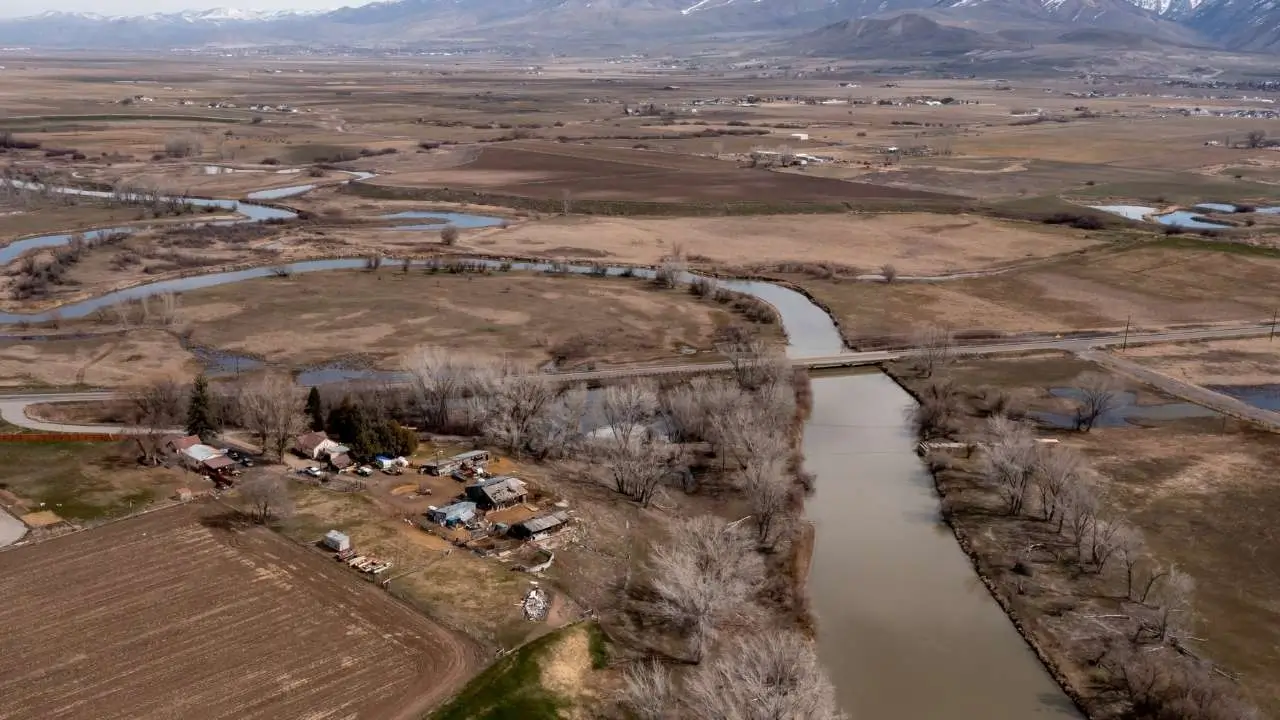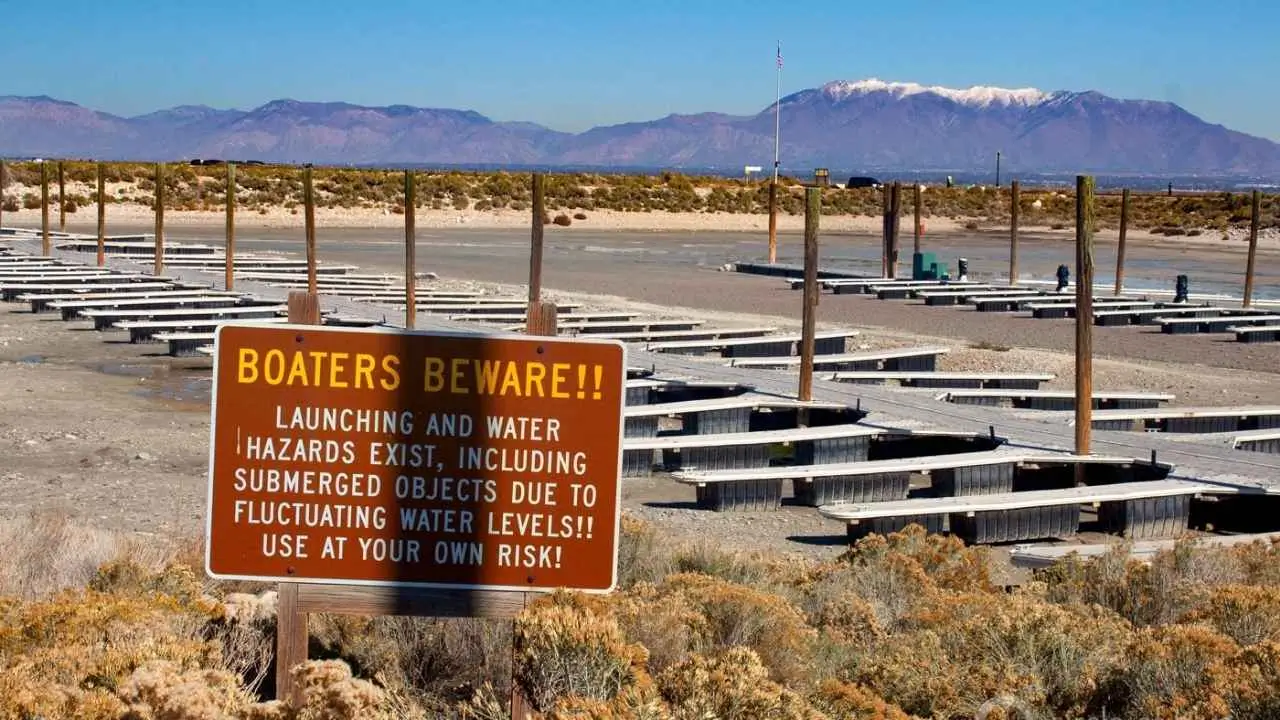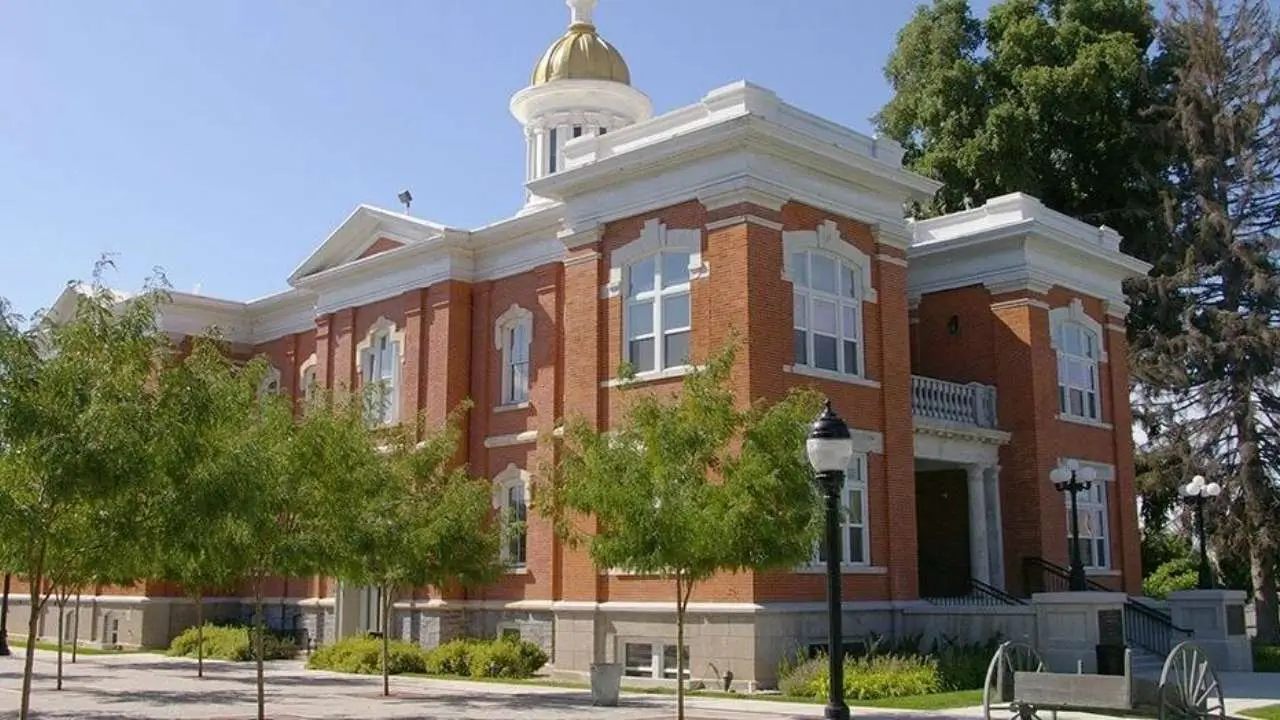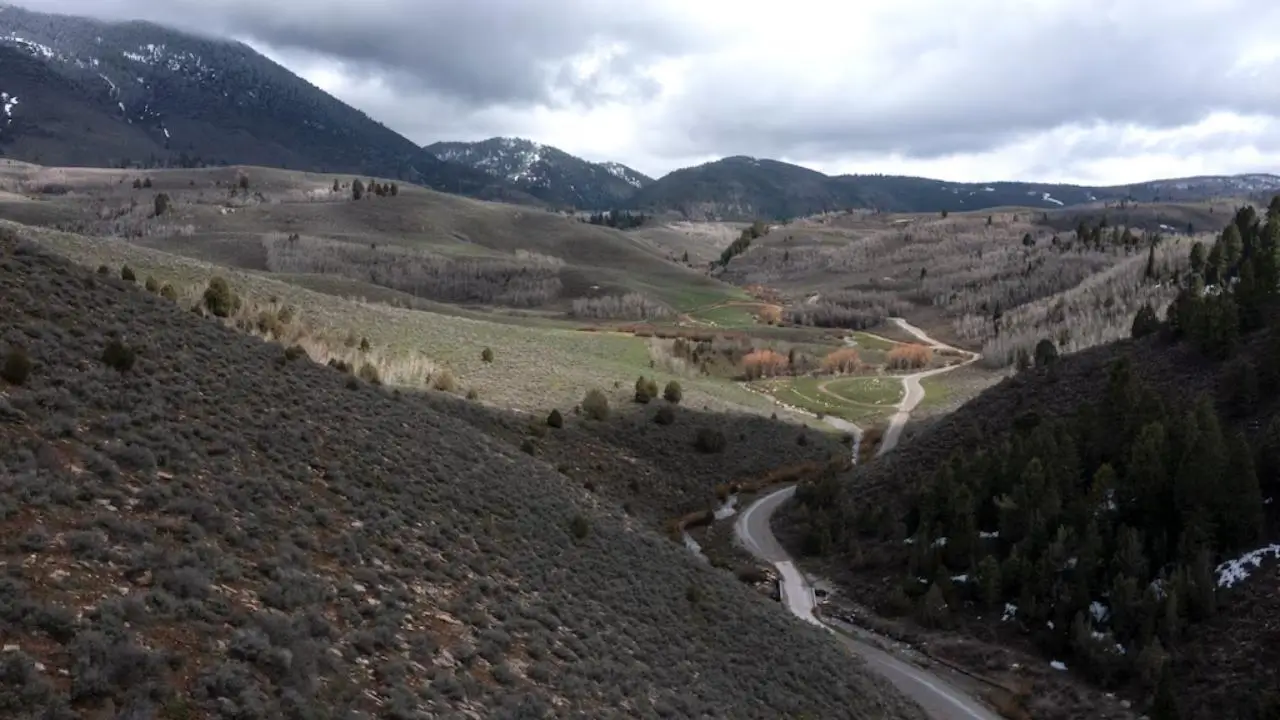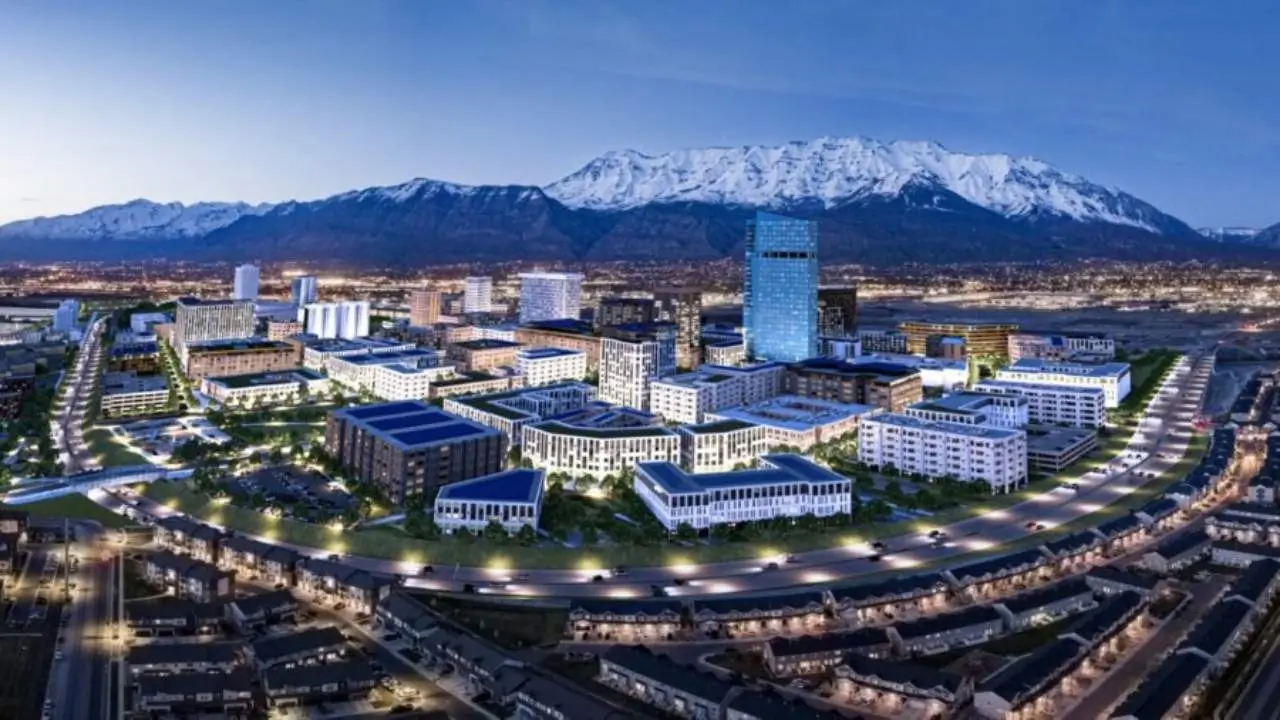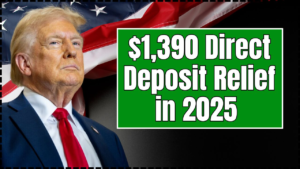Urban development is increasingly seen as a necessity in the face of rising populations and the corresponding need for housing, transportation, and commercial infrastructure. However, this growth often comes with a high environmental and social cost: the erosion of public parks and green spaces. In recent years, city planners and local governments have been grappling with the question of how to balance these competing demands.
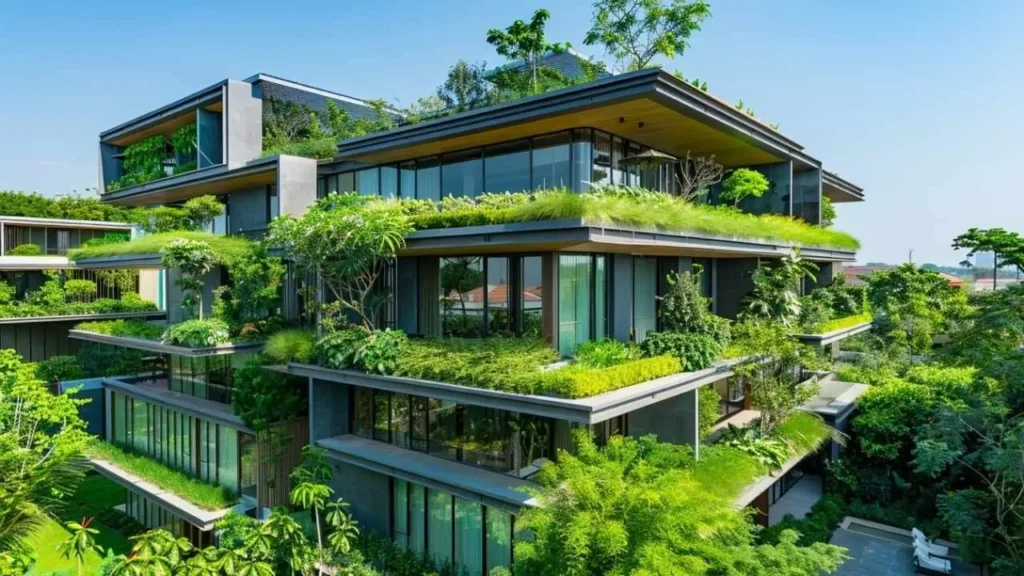
As urban populations grow, the demand for new housing, infrastructure, and commercial spaces is pushing cities to expand at an unprecedented rate. But this growth often comes at the expense of public parks and green spaces, which are vital for the well-being of residents. The dynamic between development and the preservation of green spaces is becoming a critical issue in urban planning worldwide. With more than two-thirds of the world’s population expected to live in cities by 2050, the importance of balancing development with the preservation of green spaces has never been more pressing.
The Pressure of Expanding Cities
The need for growth is undeniable. As cities expand to accommodate larger populations, urban planners are increasingly focusing on maximizing available land. According to global urbanization trends, cities are expected to see their populations grow by billions in the coming decades, and the need for new housing and infrastructure is becoming urgent. However, one of the first casualties of rapid urban expansion is often green space.
Public parks, once considered an essential part of urban infrastructure, are frequently seen as expendable when there’s a need to develop new housing or commercial districts. In many cities, the rapid pace of development means that parks are being downsized, fragmented, or sold off to private developers. As a result, residents often find themselves with less access to public spaces, leading to diminished quality of life.
The pressure to build more housing is particularly intense in densely populated cities where demand outstrips supply. In many cases, developers argue that the need for affordable housing outweighs the preservation of green spaces. This argument is amplified by the financial value of land, particularly in urban areas where property prices are soaring. As such, the conversion of parks into new residential or commercial buildings becomes an attractive option for developers and local governments looking to address housing shortages and raise revenue.
Economic and Social Importance of Green Spaces
The benefits of green spaces in urban environments are well documented. Urban parks and green spaces not only provide aesthetic value but also offer numerous physical, mental, and social benefits. Access to nature has been shown to improve mental health, reduce stress, and promote physical activity. Parks are often gathering spaces for communities, hosting events, recreational activities, and social interactions that strengthen local bonds.
In addition to social and health benefits, parks contribute significantly to the local economy. Properties located near parks tend to have higher property values, as residents are willing to pay a premium for proximity to green spaces. In fact, studies have shown that homes near parks can be valued up to 20% higher than similar properties in areas without green spaces. Moreover, businesses in green-rich neighborhoods often experience increased foot traffic and consumer activity.
Parks and green spaces also play a critical role in environmental sustainability. Urban areas are prone to the “urban heat island” effect, where cities become significantly warmer than surrounding rural areas due to the concentration of buildings and infrastructure. Green spaces help mitigate this by providing shade and releasing moisture into the atmosphere, which cools the surrounding area. Additionally, parks can absorb rainwater, reducing the risk of flooding and managing stormwater runoff. These environmental services are crucial as cities contend with climate change and the increased risk of extreme weather events.
The Development Dilemma: Housing or Parks?
The dilemma between expanding urban areas and preserving green spaces is most pronounced in cities facing rapid growth. In cities like New York, London, and Tokyo, developers often view public parks as prime real estate that can be transformed into high-value housing or commercial properties. Many development projects around the world have seen public parks reduced in size or entirely repurposed for commercial use, leading to public outcry in some cases.
This tension has led to intense debates among city planners, developers, and environmental advocates. While some argue that housing development is essential to accommodate rising populations, others contend that public parks should be preserved for the long-term health and well-being of residents. The challenge is further complicated by the fact that many low-income communities depend on these parks for access to nature, outdoor recreation, and social spaces.
The loss of green spaces often disproportionately affects these lower-income neighborhoods, where affordable housing development is most needed. In some cases, entire neighborhoods have been displaced as parks are sold off for redevelopment, further deepening inequalities within cities. For these communities, losing access to green space means not only a reduction in recreational opportunities but also a loss of critical environmental benefits such as air quality improvement and temperature regulation.
The Environmental Impact of Reducing Green Spaces
The environmental impact of reducing green spaces cannot be overstated. Urban parks play a critical role in managing stormwater runoff, improving air quality, and fostering biodiversity. When parks are removed or reduced in size, cities become more vulnerable to climate change and environmental degradation. Urban areas that lack sufficient green spaces are more likely to experience higher temperatures, poorer air quality, and increased risk of flooding.
Parks also serve as refuges for wildlife in urban environments. Birds, insects, and other creatures rely on green spaces for food, shelter, and migration routes. The loss of these areas can disrupt ecosystems and reduce biodiversity, making cities less resilient to environmental changes. The environmental benefits provided by parks are thus not only important for the health of residents but also for the overall ecological balance of urban areas.
Possible Solutions: Integrating Green Space with Development
There is growing recognition that cities need to find a way to balance development with the preservation of green spaces. Experts are calling for a shift in how urban development is approached, advocating for strategies that integrate green spaces within new developments rather than eliminating them. One such solution is the incorporation of green roofs, vertical gardens, and other forms of green infrastructure in high-density areas. These strategies allow cities to expand without sacrificing the environmental and social benefits provided by parks.
Cities like Singapore and Copenhagen have led the way in integrating green spaces into urban development. In Singapore, for example, vertical gardens and green roofs are common features in new high-rise buildings, which helps to offset the loss of traditional parks. Similarly, Copenhagen has made significant strides in developing green infrastructure, including bicycle lanes, parks, and waterfront spaces, which contribute to the city’s livability and environmental sustainability.
These innovations provide a model for other cities facing similar challenges. By designing urban spaces with nature in mind, cities can continue to grow while preserving the environmental and social benefits of green spaces. Urban planning that integrates green infrastructure can enhance the quality of life for residents, promote sustainability, and create more resilient cities.
A Call for Collaborative Solutions
The challenge of balancing growth and green space requires collaboration among government officials, urban planners, developers, and local communities. City governments must prioritize the protection of parks and green spaces through zoning regulations, land use policies, and long-term planning strategies. In addition, developers need to consider the social and environmental impact of their projects and explore ways to integrate green spaces into their designs.
Public-private partnerships can play a key role in ensuring that green spaces are preserved and enhanced. Developers can work with local governments and environmental organizations to create spaces that benefit both residents and the broader community. For example, some cities have implemented policies that require developers to contribute to the creation or maintenance of public parks as part of their development projects.
It is also crucial for cities to engage with local communities in the planning process. Residents should have a voice in decisions about the development of their neighborhoods, including the preservation of parks and green spaces. Community input ensures that development projects meet the needs of those who will be directly impacted by them.
Beyond the City Limits: The Rural Towns Absorbing Logan’s Overflow
Concluding Thoughts
The challenge of balancing urban growth with the preservation of green spaces is a complex and ongoing issue for cities around the world. As populations continue to rise, cities will need to adopt innovative approaches to urban planning that prioritize sustainability and the well-being of residents. Through thoughtful design, long-term planning, and collaboration among various stakeholders, it is possible to strike a balance between development and green space, ensuring that cities can grow while preserving the parks and public lands that are essential to urban life.
In the years ahead, it will be crucial for policymakers and urban planners to remain focused on finding solutions that support both development and environmental sustainability. By doing so, they can create cities that are not only livable but also resilient to the challenges posed by climate change and population growth.



